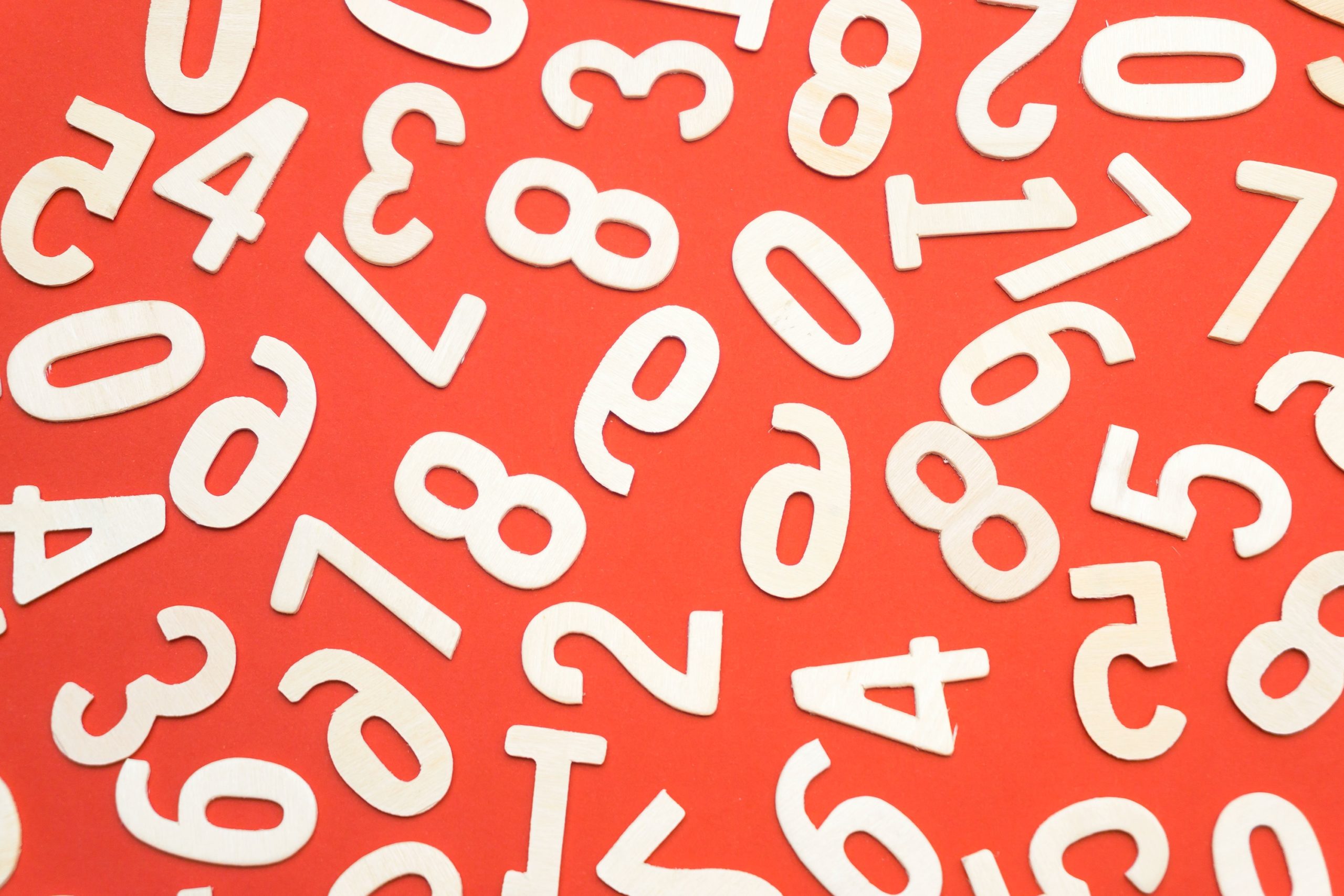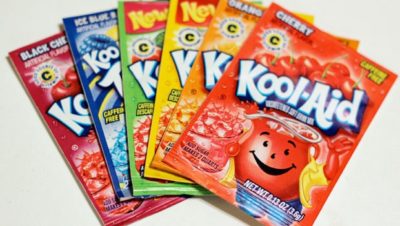Talking Numbers in Market Research…One, Many or Lots?
No doubt, you’ve heard or seen the phrase “One, Many, Lots” – a simple description of the relative scale of numbers. It reflects an early representation of quantities for those new to 1’s and 0’s, but it also hides a deeper problem – our brains don’t work so well with big numbers, at least according to a new book entitled ‘Making Numbers Count’.
Through its chapters, authors Chip Heath and Karla Starr present a bitter pill to swallow -while we might think we understand the meanings of statistics like 15 million people being displaced by war or a .5% increase in interest rates, the truth is that we don’t. Or at least not naturally.
Modern humans have been around for 300,000 years but numbers as we know them only evolved in the last 5,000. In other words, if human existence is one full minute on a clock, then we’ve only started to use numbers in the last second. Bottom line – understanding, talking and visualising numbers is not yet a sophisticated nor natural capability in most people.
Yet numbers surround us, especially in our industry. Almost everything we learn about our markets, buyers, sellers, products, services and consumer behaviour is summarised in numbers and data, qualitative or quantitative. So, while dazzling and spectacular creative may blow us away, we can’t overlook the foundation that research and data analysis provide for marketing.
How does this square up with our less-developed capability for numbers? Well, we need to recognise that numbers and data form the basis of marketing strategy. They also provide the tools to measure how successful our campaigns have been and provide the foundation for refinement or change. In short, if we’re not using data, we’re flying blind and if we’re not using good data, we’re headed for an emergency landing. By recognising where numbers can help, and where numbers can hinder, we can become more skilled communicators.
Remember, no-one is born a numbers person; but everyone can become a numbers person.
Step 1: Be a translator
One of the key takeaways from the book’s first pages is to ditch the numbers – good communicators don’t need them.
Whenever you can, translate numbers into words and language. Visualising big numbers is impossible for most people, so re-frame big numbers into words the audience can understand. Consider the difference between the two following book examples:
“97.5% of the world’s water is salinated. Of the 2.5% that’s fresh, over 99% is trapped in glaciers and snowfields. In total, only .025% of the water on the globe is actually drinkable.”
“Imagine a gallon (5L) jug filled with water and three ice-cubes. All of the water in the jug is salt water. The ice cubes are the fresh water, and humans can only drink the drops melting off each.”
They both tell the same story – only a small fraction of the world’s water is drinkable. But the second example is instantly more approachable and understandable. Rather than letting the data do the talking (which can contribute to misunderstandings or ‘tuning out’ altogether), the second example uses simple language to create a narrative informed by the data, which is much easier to understand, remember and even explain yourself!

Step 2: Ground abstract numbers in the concrete and personal
According to the authors, numbers live in what we might call the ‘abstract domain’. General audiences, however, live in the ‘concrete domain’. Concreteness is a learning tool; it helps us to understand complex relationships faster and in greater depth. It’s also the first step to ensuring our figures feel real.
We can make numbers more real by making them personal. For instance, if we wanted to encourage people to think about the quality of their tap water, we’d likely have more success framing this in terms of how many toxins one glass contains than using a ratio of toxins-to-litres.
So, when constructing your numbers, have a think to yourself – what could you say to get you interested?
Step 3: Conversions & translations through space and time
To overcome our issues understanding large numbers, we can often re-frame this information within well-understood passages of time or space to achieve the impact we want. For example, the following book example around firearm ownership in the U.S. shows how explaining numbers unfolding over time can bring your audience closer to the real situation.
There are more than 400 million firearms in the U.S. That’s enough for every man, woman and child to own one, with 70 million remaining.
The notion of 70 million of anything is simply too large a number for audiences to grasp. Instead, what we need to do is contextualise this number in something more visceral:
There are more than 400 million firearms in the U.S. That’s enough for every man, woman and child to own one, with enough left over that you could give one to every baby born in America for the next 20 years.
There’s a strong difference in clarity between the examples as a result of our changes. Converting the raw number to a process over time achieves two things: 1) it avoids the ‘numbing’ effect of large, lump-sum numbers, and 2) it helps to bring home the true scale of the numbers to your audience.

Step 4: The Power of One
People intuitively know what ‘one’ is, so try to anchor any number comparisons against one. An old example demonstrates this well:
“Look at the people either side of you – only one of the three of you will be here at the end of this week.”
When all else fails, use the ‘one’ as your lowest common denominator. At the very least, we’re sure to tune in if it’s made to be about us.
Numbers and data are here to stay, but we can help – if we share our data and numbers in ways that others can make sense of, we can truly bring the insight behind the numbers to life.




